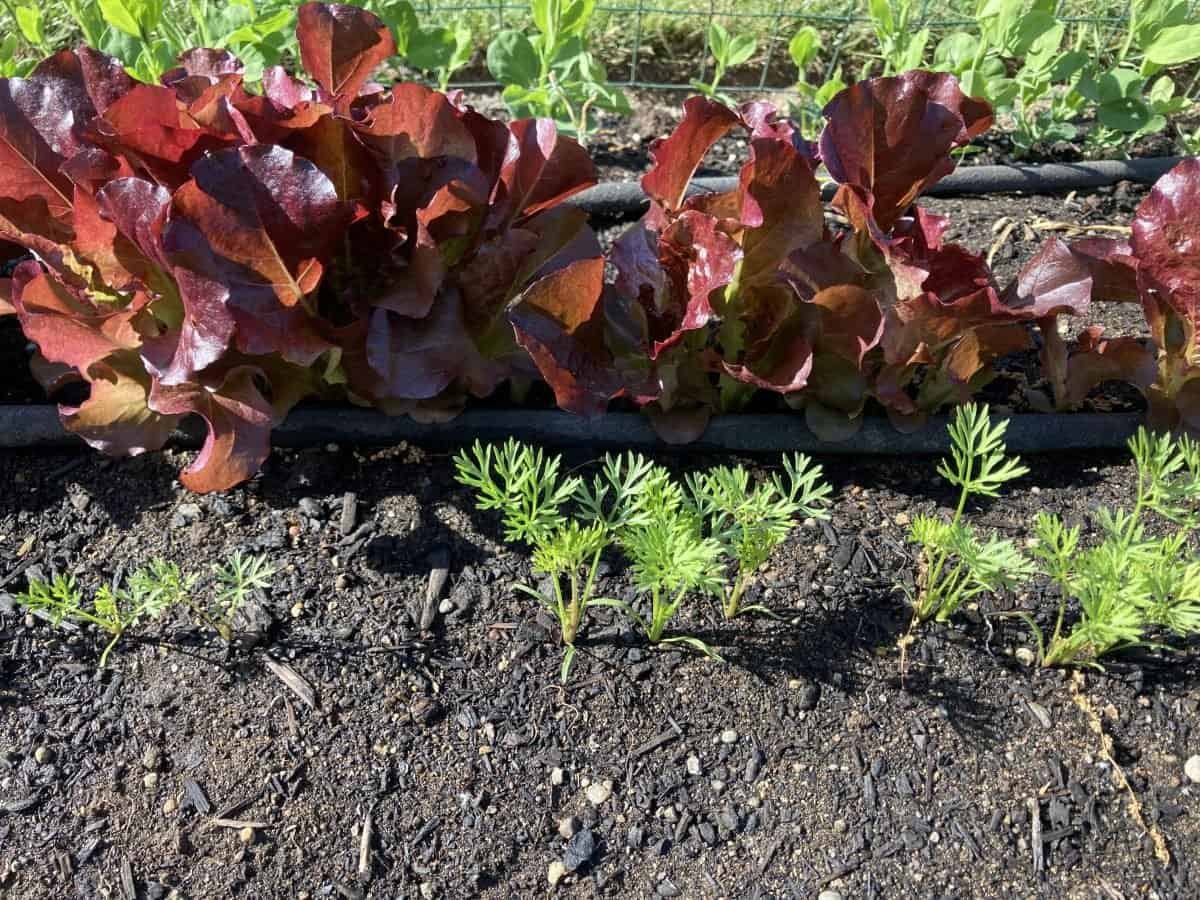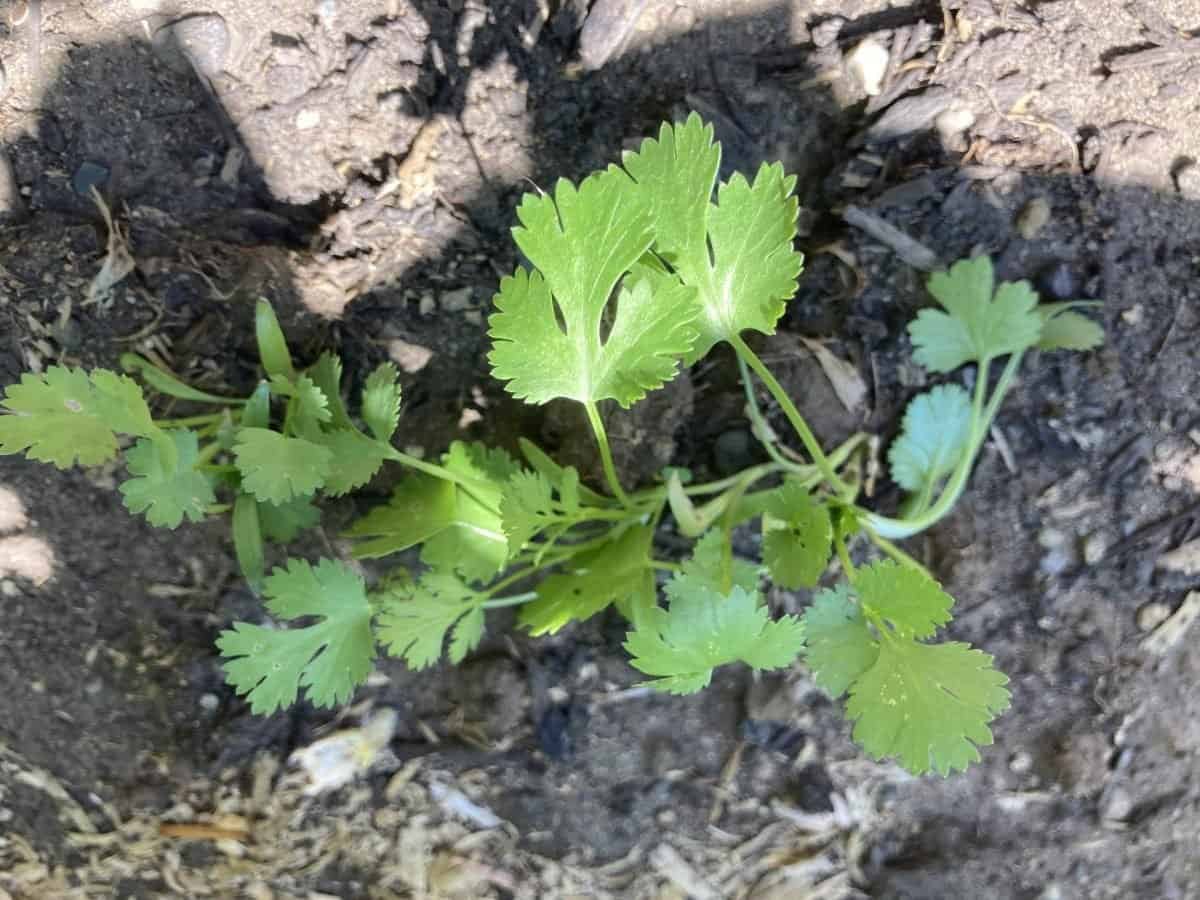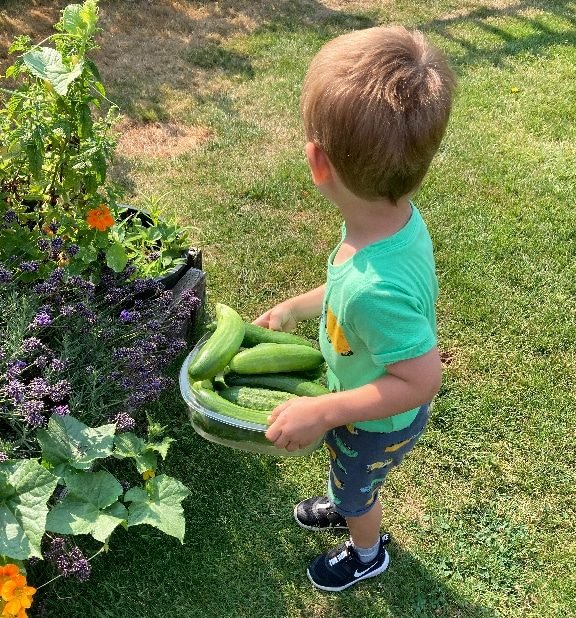Gardening is one of the best pastimes one can have. It engages you, gets you closer to nature, and cuts down the sedentary element of your lifestyle. When we talk about the physical effort that goes into different gardening activities, weed removal tops the list. Due to its demanding nature, many people hate garden weeding.
People also don’t like doing weeding because of their unrewarding nature. You remove one from here and two more crops up there. Many times weeding becomes physically draining and unfulfilling because you don’t use the right tools and techniques. To help you out with this crucial aspect of gardening, we’ve put up this guide on how to weed a garden.
Here, we will discuss how you need to select your weeding tools, what steps to take, and what tips to utilize to get desired results. We will also discuss why it is important to weed the garden and what preventive measures you can take to drastically reduce its growth in the first place.
What Tools are Best for Garden Weeding?
One tool I would recommend is a dual purpose garden Stool and Kneeling bench.

If you have a small vegetation square, you can get rid of your garden weeds by pulling them by hand. However, this indigenous method won’t be feasible even if you have a gardening plot of more than a couple of square feet.
Also, the hand-pulling method only works when you are dealing with short-root weeds. Moreover, when you use bare hands to get rid of weeds, you’ve to exert a lot of force and work on your knees for a considerable time. For all these reasons, it’s always better to work with a specialized weeding tool.
Primarily, you’ve two options to work with: short-handled and long-handled wedding tools. Short-handled weeders and knives are suitable when you’ve to weed in spaces that have a dense sapling plantation. These small handle tools let you pull out every last unwanted botanical growth. You should also invest in a good kneeling pad to reduce the stress on your knees.
On the other hand, long-handled tools come in handy when you’ve to weed large areas, and you also don’t want to stay in the bent on-knees posture for extended periods.
Things to Consider While Buying a Weeding Tool
Below are some factors that you need to consider while buying a weeding tool for your garden.
- It should be comfortable to use: A weeding tool must be in line with your physical strength and dexterity.
- It should be made of durable material: A weeding tool must be made of a tough wooden handle and corrosion-resistant blades. A weeding tool featuring stainless steel blades and hickory handles are the best in terms of material. Also, you can easily re-sharp the steel blades.
- It should work against all types of weeds: Make sure that the weeding tool you buy can get rid of all shallow and deep-rooted weeds.
- It can be multifunctional: You can also buy tools that can help with various gardening activities. For instance, some tools are designed for both tilling and weeding.
Steps to Weed a Garden
You can get rid of your garden weeds in many ways but the most critical step is to weed the garden often when the weeds are small and roots are more easily pulled. Make a schedule to do your weeding in the morning when it is cooler and not under the heat of the late afternoon sun.
Weeding becomes more effective when you schedule it. If you’re weeding your garden just when you feel like to do, it’s not the sound strategy. Keep in mind that weed growth doesn’t follow your mood and timetable. They will keep sprouting regardless and the roots will grow deeper taking valuable nutrients away from your vegetable plants.
Many people are used to weeding their gardens on weekends. Weekly weeding may help you in preventing overblown weed growth. However, having a six or seven days gap between two weeding sessions is enough for them to grow deep and strong.
We know that it’s not possible for everyone to weed their gardens every day. However, try to squeeze a wedding session into your schedule every other day. Even if that’s not possible, do it at least two times a week. Also, when you do the weeding on a regular basis, you’re done with it in a very short time.
Do It More Frequently in Early Spring and Summer
The best time to get rid of weeds is in the early weeks of spring and summer. Most weeds are still small and haven’t set their seeds during this time. So when you get rid of all those budding weeds, your garden experience minimal unwanted growth in the rest of the seasons.
Moisten the Soil
Before you start pulling out weeds, dampen the garden soil a bit. However, don’t go overboard with watering. You just need to soften the soil to make weed pulling nice and easy. If morning dew is a phenomenon in your region, this will be the best time to pull out weeds from your garden. If you’re using a weeder or hoe, always do weeding in the dry soil.
Cutting/Pulling Weeds
Whether you’re using a short-handled knife or weeder or long-handled hoe to get rid of the weed, take care of the following factors.
- Use the weeding tool without disturbing the adjacent soil, especially when you’re getting rid of them in tight spaces. When you agitate large patches of the soil around weed growth, you can inadvertently bring more of its seeds to the surface for the next round of growth.
- When you pull out or severe a weed, don’t forget to cover and smooth out its spot with mulch. This will prevent the sprouting of any seed that has come to the surface.
- Don’t leave the removed weed on the garden bed for long. In some cases, some weed sprouts re-root without you realizing it.
- When pulling the weeds be careful not to disturb the roots of your vegetable plants too much.
There are different types of weeds in terms of their growth cycles. Summer weeds, like puncture vine and crabgrass sprout, in summer. Some weeds start germinating by the end of summer and during fall. Your garden can also grow some perennial weeds. Dandelion, Canada thistle, foxtail barley, and quack grass are some of examples of perennial weeds.
Why Do You Need to Weed Your Garden in the First Place?
After all, weeds are also plants. So, why do we need to remove them? There are many reasons why you need to remove those unwanted growths. For starters, they can stunt the growth of plants you sow by taking their share of moisture and nutrients. Secondly, your garden can’t look spruced up with uncontrolled weed growth. Also, some weeds like giant hogweeds are toxic and can cause skin allergies.
Tips for Weed Control
You can’t stop the weed growth altogether. However, you can keep their sprouting in check with these measures.
- Plant vegetables and fruit plants with minimal space in between
- Cover the soil with organic mulch
- If possible, cover the soil with garden fabric
- Use drip irrigation to only water your “real” plant
- Weed on a regular basis before the roots grow to deep and before the weeds go to seed.
Our Final Thoughts
The key takeaways from the above discussion underline the importance of using the right tools (knives, hoes, and weeders) and frequent weeding sessions. It has also become clear that if you don’t want weeds to get re-sprouted, then you can’t just pull severe weeds without taking care of certain things.
We hope that this detailed guide on how to weed a garden helps you in keeping your vegetated outdoors all tidied up and free of any unwanted botanical growth.
By keeping your garden weed free you will have the satisfaction of a healthy and beautiful garden that will produce the most vegetables and fruit possible.




